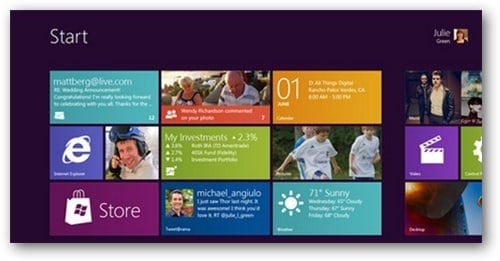
Note: This is a guest post written by Abdulqader Kapadia
Windows 8 Tips and Tricks – Windows 8, a completely revamped version of Windows from Microsoft, is making lot of news recently in the technology realm. The much talked Metro Interface, enhanced functionalities and inbuilt security tools are making everyone ponder on what the next generation of desktop OS will offer to its end users. Microsoft supporters are in love with the new Metro GUI while others are criticizing the new version. But eventually, everything boils down to your personal taste and choice.
In order to make the use of Windows 8 simpler for beginners, I compiled a list of handy Windows 8 tips. I hope you enjoy playing around with Windows 8.
Windows 8 Tips and Tricks
#1: Keyboard Shortcuts
Windows 8 has added few newer keyboard shortcuts, keeping the old ones intact.
WIN + Q for application search, WIN + W for settings search, WIN + F for files search, WIN + I for Settings charm, WIN + O for rotation lock, WIN + C to bring up simple Start menu and time/date, WIN + A or WIN + Space for switching keyboard layouts, WIN + SHIFT + C brings up the touch charms bar, WIN + Y to glance at your desktop, WIN + Z brings up the application bar.
It supports old shortcuts too – WIN + D activates desktop, WIN + R opens Run, WIN + L locks user, WIN + E opens Explorer.
#2: App-Specific Settings
The Settings charm in applications reveal app-specific settings. Helps you dig in deeper!
#3: Dark Theme
Are you a dark theme lover? Use the dark Windows 8 theme.
Go to Control Panel > Ease of Access and enable the high contrast mode to see a dark themed Start screen.
#4: Semantic Zoom
Huh! Is that a new zoom?
Activate semantic zoom by zooming out in the app list in Search, with multi-touch.
#5: Unlock
Locked down?
Double tap on your mouse or hit any key on the keyboard to unlock the lock screen instead of dragging to the top.
#6: Charms Bar
Isn’t that pretty charming?
To bring up the Charms Bar (share, settings, shutdown, etc), hit the lower-left corner of the screen with the mouse, no clicking required or use WIN + C combination.
#7: Recently Use Apps
Wow! That’s quick.
Smack your mouse pointer against the left side of the screen to see a thumbnail of your most recently used apps and then use the scroll wheel to see all open modern apps.
#8: Browse Title Groups
Jump, jump and jump!
Move among tile groups on the Start screen using Page Up and Page Down keys.
#9: Pin or Unpin Tiles
Bang! There it falls off the screen.
Right click on tiles on the Start screen to pin/unpin tiles or remove apps.
#10: Old Control Panel
Mummy! I want my old control panel back.
Do you miss the old control panel interface? Wasn’t it much simpler? In the new interface, click Control Panel. Navigate to the bottom of the screen and click More Settings. The old Control Panel interface will be showcased.
#11: File History
Ooops! I threw away the wrong file.
File History, an inbuilt feature in Windows, offers a simple backup and restore process. Go to System and Security in the Control Panel, select File History and enable it (off by default in Windows 8). It necessitates a supplementary drive to work.
#12: Run 64-Bit Internet Explorer 10
Open Internet Explorer 10. Go to Internet options menu and select the Security tab. Click Enable 64-bit Mode box. Restart your browser.
#13: Close Metro Apps
Err! Where’s the close button?
Metro apps in Windows 8 do not have a Close button. Apps are suspended in the background when you switch. They are automatically killed if you require more system resources.
#14: Checking Weather
An inbuilt weather checking helps you see current weather conditions in the selected city. Click Weather to launch the app. Right click and select Add City. Type the name of your nearest city, and choose it from the list, when it appears.
#15: Hibernate or Sleep
Hibernate or Sleep aren’t available in Windows 8 by default. To restore them, launch the Power Options applet (powercfg.cpl) and click “Choose what the power buttons do” in the left-hand panel. If you see a “Change settings that are current unavailable” link, then click it. Check the Sleep and Hibernate options. Click Save Changes.
#16: Automatic Login
Don’t want to see the login screen anymore? Type netplwiz in Run dialog box and press Enter. It launches the User Accounts dialog. Uncheck the “Users must enter a user name and password to use this computer” box and click OK. Enter the username and password of the account that you’d like to be logged in automatically. Click OK and reboot.
#17: Restore Start Menu
Again mummy! I want my old start menu.
Launch REGEDIT and browse to HKEY_CURRENT_USER\Software\Microsoft\Windows\CurrentVersion\Explorer. Double click RPEnabled, and change it from 1 to 0 to remove Metro, the new Task Manager, Start menu and more. On the other hand, set RPEnabled to 2 to remove Metro, restore the Start menu but keep most of the other enhancements.
#18: Install from USB
Ah! Burning is outmoded.
Use the Windows 7 USB/DVD Download Tool to install Windows 8 from an USB drive. Direct the program to your Windows 8 ISO file and it’ll create a bootable Windows 8 installer on USB drive.
#19: Virtual Machine
Microsoft’s Hyper-V, an inbuilt virtualization feature, allows you to create and run virtual machines. Run OptionalFeatures.exe, select Hyper-V and click OK to enable the feature. On the Metro screen, find and click on the Hyper-V Manager tile to start exploring its potential.
#20: Picture Password
Go to Control Panel. Click Users > Create a Picture Password to get started. Choose an image and create a combination. You will need to produce the same combination at the time of login.
#21: Hide Ribbon
Windows 8 has a multi-purpose ribbon while browsing the file system. If you are not comfortable with it, you can remove it. Go to Run, type gpedit.msc and hit Enter. Go to Computer Configuration > Administrative Templates > Windows Components > Windows Explorer option. Double-click “Start Windows Explorer with the Ribbon minimised“, set the value to Enabled and click OK.
#22: Mount ISO
Windows 8 now provides an inbuilt support for hosting an ISO file on a virtual drive. Right click on any ISO file, click Mount and the file will be mounted into a virtual drive.
#23: Run 16-Bit App
Windows 8 has an inbuilt applet that can run any old 16-bit application. To enable, go to Control Panel > 16-Bit Application Support and Enable it.
You can download Windows 8 Developer version to test the above Windows 8 tips and tricks.

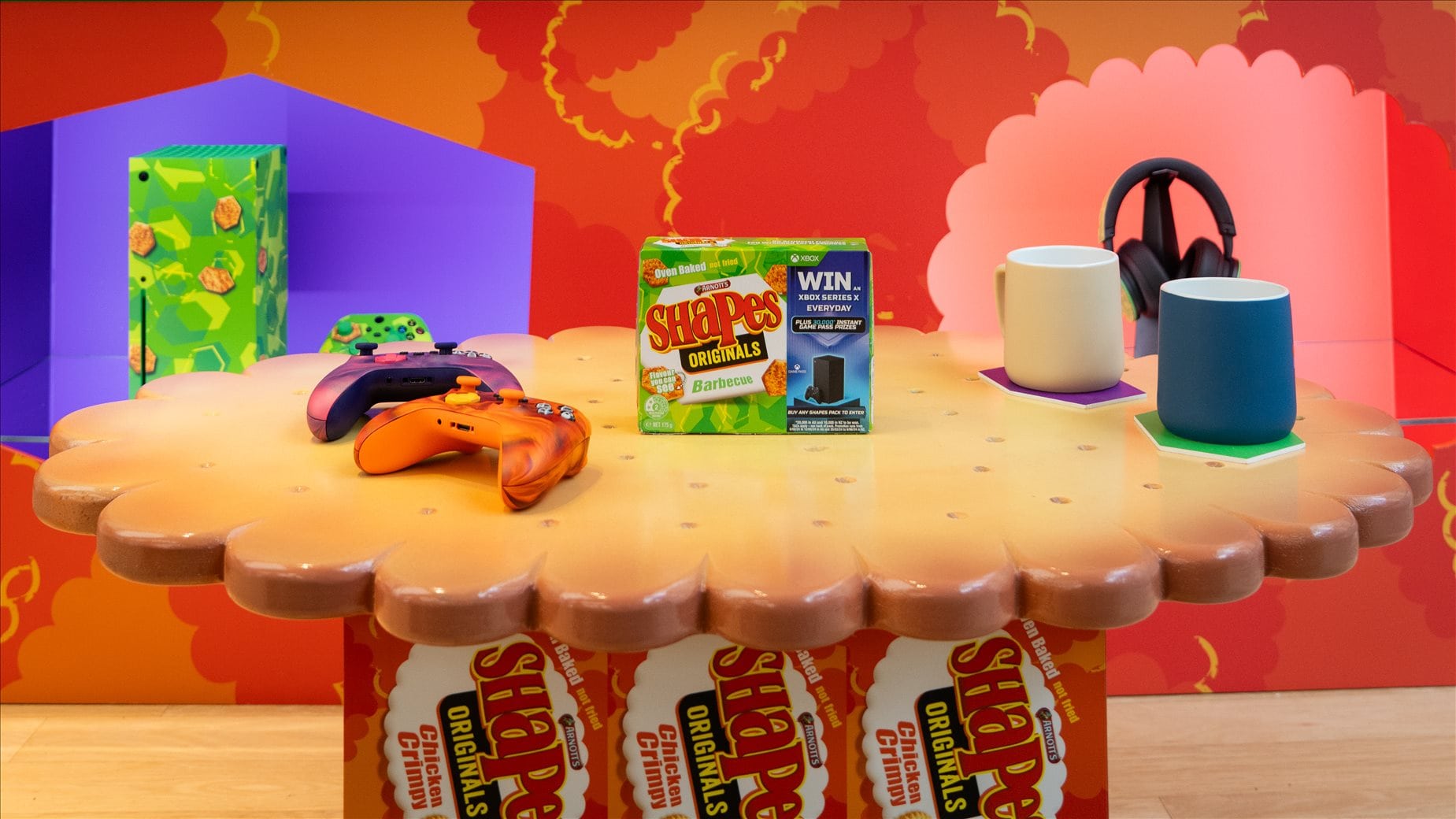
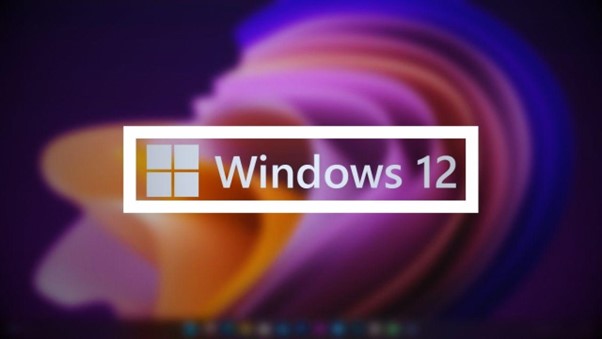
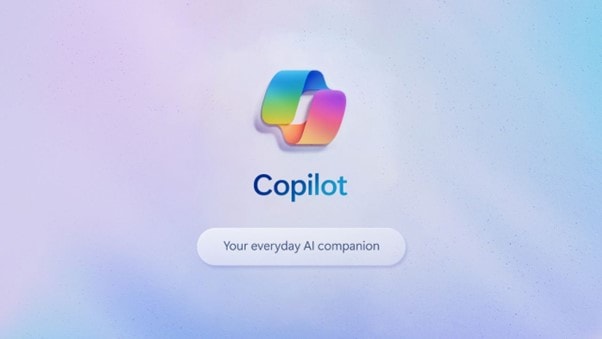

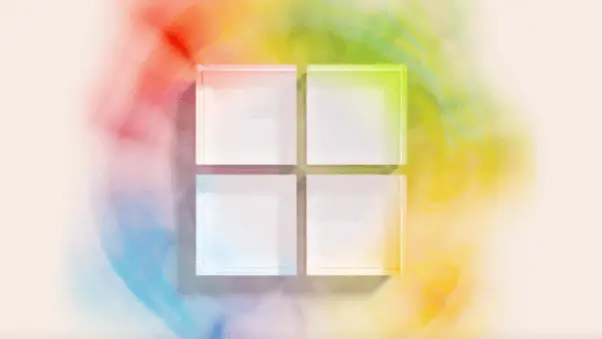

Comments are closed.